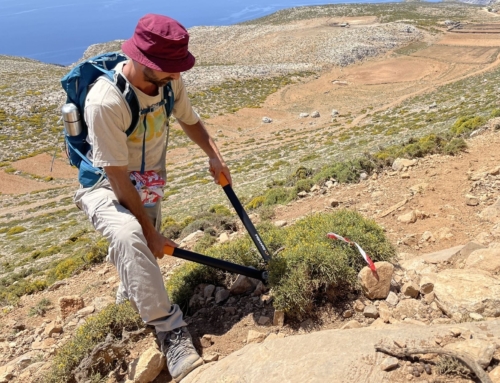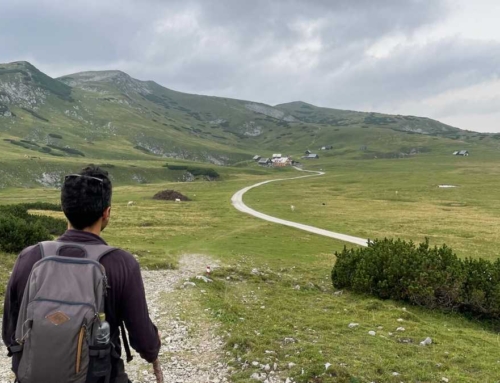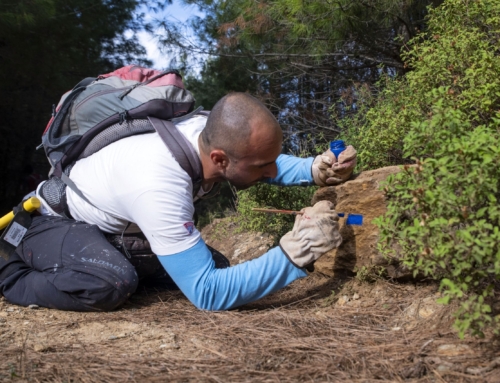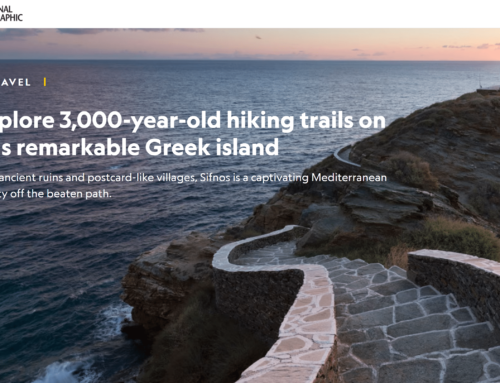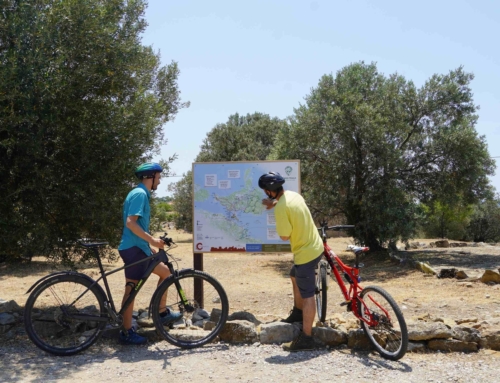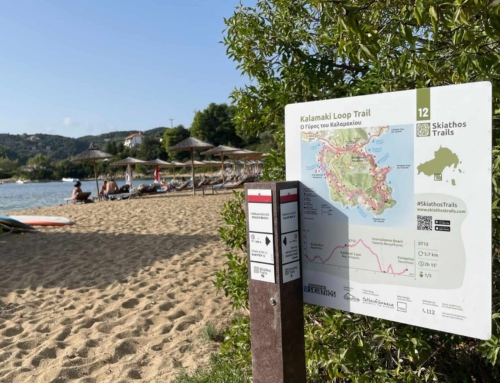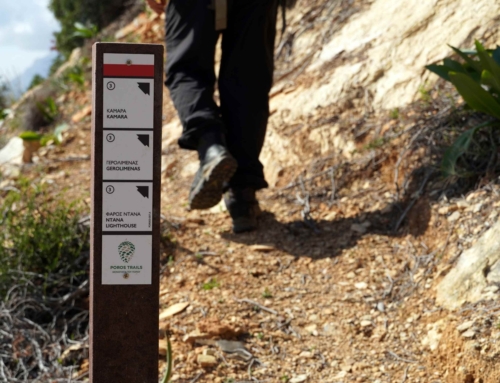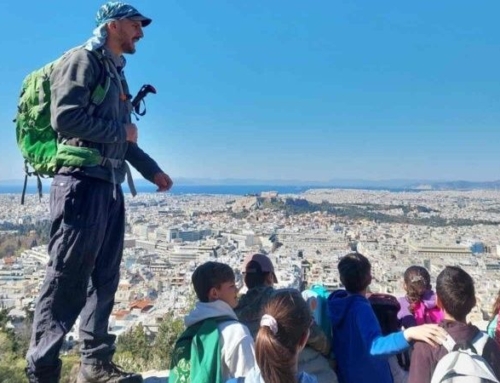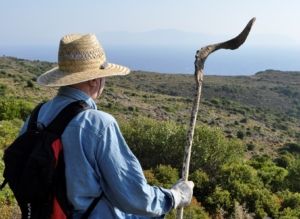
Hikers fall victim to hiking! Is this activity actually dangerous?
Recently, we were in Germany, in hiking circles, and everyone was telling us that they had heard or read that hikers in Greece either get lost or die! What is happening?
With a quick internet search, hundreds of articles have appeared recently talking about visitors to our country who went hiking and never returned. The big “boom” happened with Mr. Michael Mosley in Symi, who was the third victim this season, and almost every other day since then we hear about new cases of people dying during the “dangerous sport of hiking in a heatwave.” We read in articles about the poor condition of the trails, the heat, the inexperience, and the poor preparation of the “hikers.”
What suddenly happened that we started hearing about so many accidents this year?
The following is happening:
- Greece is a country that in the minds of many visitors has a mild terrain, where no matter where you go, you will reach the sea, you will find a road, etc. Many of those who get lost are not even hikers but simply believed that by walking they would reach their destination.
- Our country receives more and more visitors each year, making it one of the most touristy countries in the world, especially considering the percentage of tourists relative to the country’s population. The more visitors come, the more, proportionally, there will be accidents (including hiking accidents).
- The prolonged heatwave caused by climate change, which seems to be worsening every year, constitutes one of the most dangerous conditions for hiking (marginally worse than a thunderstorm with lightning…). This is because it is difficult to understand what is happening when you suffer from heatstroke.
- Mr. Michael Mosley was well-known, and this fueled the news, and after this, in every similar case.
On the other hand, we have destinations in Greece that have tried to highlight themselves as hiking destinations, so that visitors can have an authentic experience when they visit them. The destinations that are properly prepared and provide adequate information for their visitors usually ensure that all the necessary information is provided so that the hiker can make an informed decision about whether the route is suitable for them.
For our part, in the signs, websites, applications, brochures, etc., through which we promote trails, we ensure that the following information is provided for each route:
- Length, time, degree of difficulty in terms of physical effort, degree of technical difficulty, degree of risk perception (exposed trail), analysis of the signage, note of the best seasons depending on the route, note of possible dangers at specific times (e.g., 11 am – 5 pm in summer), presence of water along the route, reference to the required equipment, reference to 112, and the note: “Never walk alone – walk at your own risk.”
Based on the above, it turns out that in most cases, the victims either overestimated their strength, did not take adequate measures, did not have another person with them, deviated from their route without informing anyone, or did not know they could use 112 (which, let us note, does not work if no provider has signal).
Despite the responsibilities of hikers or ordinary visitors who decided to walk off-road, accidents happen, and our country must do the following to mitigate them:
a) Provide information about dangerous hiking conditions from Civil Protection during extreme weather conditions, with an emphasis on foreign visitors, possibly imposing a hiking ban.
b) Organize rescue at the state level and strengthen aerial means. Unfortunately, despite the accidents that have occurred and will unfortunately continue to happen, Greece has done almost nothing at the state level for aerial rescue in inaccessible areas, which is inconsistent with the ever-increasing number of visitors for outdoor activities and locals who are increasingly discovering nature through hiking and other sports.
c) The State should require destinations that are highlighted as “hiking destinations” to provide adequate information about their routes by all means, with information such as those we mentioned earlier.

